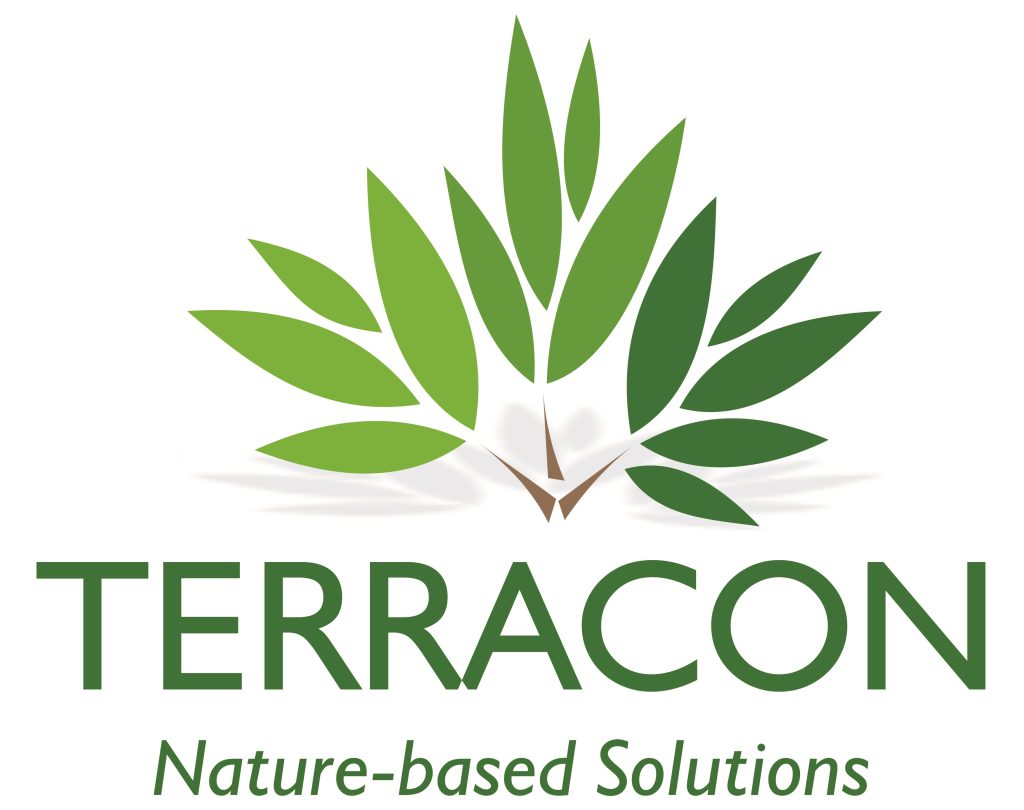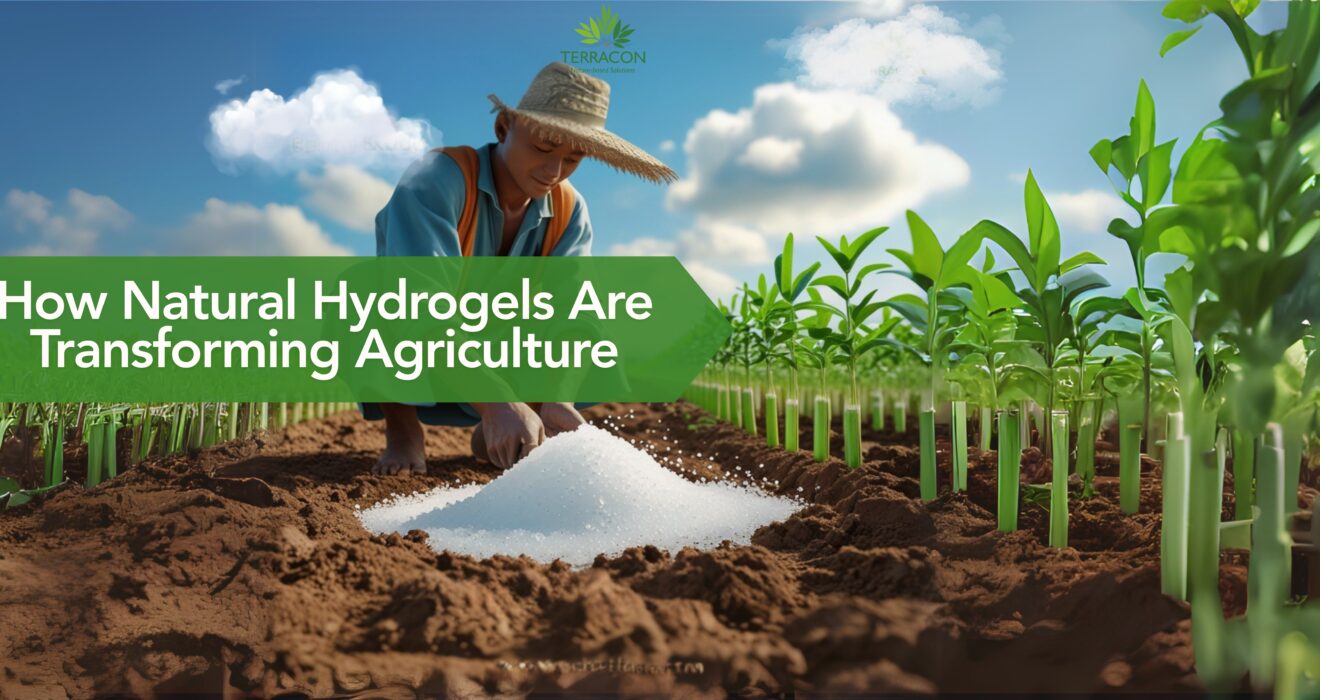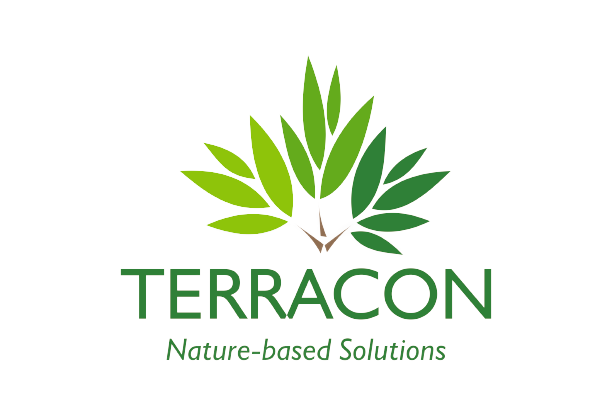As climate change intensifies water scarcity and soil degradation, farmers are seeking sustainable solutions to boost crop yields. Enter natural hydrogels—eco-friendly, water-absorbing materials derived from nature’s own resources. Made from biopolymers like starch, cellulose, chitosan, and alginate, these biodegradable wonders are revolutionizing agriculture. Let’s explore how natural hydrogels are helping farmers grow more with less, all while nurturing the environment.
What Are Natural Hydrogels?
Natural hydrogels are super-absorbent polymers crafted from renewable, plant- or animal-based materials. Unlike synthetic hydrogels, which can linger in soil for years, natural hydrogels break down into harmless by-products like water, carbon dioxide, or soil-enriching compounds. They can absorb 100–500 times their weight in water, acting as tiny reservoirs that release moisture and nutrients to plants over time. Their biodegradable nature makes them a cornerstone of sustainable farming.

How Natural Hydrogels Work:
Natural hydrogels are versatile tools that tackle key agricultural challenges, from drought to nutrient loss. Here’s how they’re making a difference:
1. Conserving Water in Dry Regions
In arid and semi-arid areas, water is a precious resource. Natural hydrogels absorb rainfall or irrigation water and release it slowly to plant roots, reducing the need for frequent watering. For example, starch-based hydrogels can hold 200–400 grams of water per gram of gel, supporting crops like maize in drought-prone regions. Research shows they can cut irrigation needs by 20–40%, saving water and boosting yields by up to 25%.

2. Delivering Nutrients Efficiently
Fertilizer runoff pollutes waterways and wastes resources. Natural hydrogels can encapsulate nutrients like nitrogen or potassium, releasing them gradually to match plant needs. Chitosan-based hydrogels, for instance, deliver urea to rice crops over weeks, reducing fertilizer use by 25–30% and minimizing environmental harm.
3. Restoring Degraded Soils
Poor soil quality hampers productivity in many regions. Natural hydrogels improve soil structure by enhancing water retention, aeration, and microbial activity. Cellulose hydrogels, for example, stabilize soil in erosion-prone areas, supporting revegetation in degraded lands. They’re a lifeline for farmers reclaiming desertified or overworked fields.
4. Enhancing Seed Germination
Harsh conditions like salty or dry soils can prevent seeds from sprouting. Coating seeds with natural hydrogels provides a steady supply of moisture and nutrients, boosting germination rates. Alginate-coated vegetable seeds, for instance, show 15–20% better germination in saline soils, ensuring stronger starts for crops like tomatoes.
5. Supporting Hydroponics and Greenhouses
In soilless farming systems, natural hydrogels serve as biodegradable substrates that hold water and nutrients. Gelatin-based hydrogels, for example, support hydroponic lettuce production and degrade naturally after use, reducing waste in high-tech agriculture.
6. Eco-Safe Pesticide Delivery
Pesticides can harm ecosystems if overused. Natural hydrogels enable precise, controlled release of biopesticides, targeting pests while minimizing runoff. Chitosan hydrogels, for example, deliver pest control agents to fruit crops, breaking down harmlessly after application.
How to use Hydrogels?
Hydrogels as powder or granules are generally mixed into the soil before sowing or transplanting.
- Rate: Typically, 2–5 kg per hectare, depending on soil type and crop.
- Depth: Into the root zone (~10–15 cm depth).
- When to Apply: At the time of land preparation or during transplanting.
Why Choose Natural Hydrogels?
Natural hydrogels offer unique advantages that make them ideal for sustainable agriculture:
- Environmentally Friendly: They decompose into non-toxic byproducts, leaving no harmful residues in soil or water.
- Soil Enrichment: Degradation products, like polysaccharides from chitosan, feed beneficial soil microbes, enhancing fertility.
- Renewable Sources: Made from agricultural byproducts (e.g., sugarcane bagasse for cellulose) or marine resources (e.g., seaweed for alginate), they promote a circular economy.
- Safe for Organic Farming: Their natural composition aligns with organic certification standards.
Challenges and the Path Forward
Despite their promise, natural hydrogels face hurdles. They absorb less water (100–500 g/g) than synthetic hydrogels (500–1000 g/g), and their production can be costly, limiting access for smallholder farmers. Many farmers are unaware of hydrogels or how to use them effectively. However, promising innovations are addressing these issues:
- Nanocomposite Hydrogels: Adding nanoparticles like nanocellulose enhances water retention and strength while keeping gels biodegradable.
- Smart Hydrogels: Stimuli-responsive gels release water or nutrients based on soil moisture or pH, optimizing efficiency.
- Cost-Effective Materials: Using agricultural waste (e.g., rice husks) lowers production costs, making hydrogels more affordable.
Conclusion:
Natural hydrogels represent a powerful tool in the quest for sustainable agriculture. By enhancing water retention, improving soil health, and supporting plant growth, they offer a holistic solution to some of the most pressing challenges faced by modern farming. As research and innovation continue to advance, the adoption of natural hydrogels is likely to expand, ushering in a new era of environmentally friendly and efficient agriculture.

Written By
Kirti Reddy
Sr. Analyst – Nature based Climate Solutions
Team Terracon
Reference :
- Pathak H, Mishra JP and Mohapatra T (2022) Indian Agriculture after Independence. Indian Council of Agricultural Research, New Delhi 110 001, pp 426.
- https://en.vikaspedia.in/viewcontent/agriculture/best-practices/sustainable-agriculture/crop-management/hydrogel-agriculture-technology
- SK Chhodavadia, VB Bhalu, PJ Gohil, MS Vasava, BJ Bhuva. Effect of hydrogel and irrigation scheduling on growth, yield and quality of summer pearl millet (Pennisetum glaucum L.). Int J Res Agron 2024;7(9S):174-177. DOI: 10.33545/2618060X.2024.v7.i9Sc.1448




